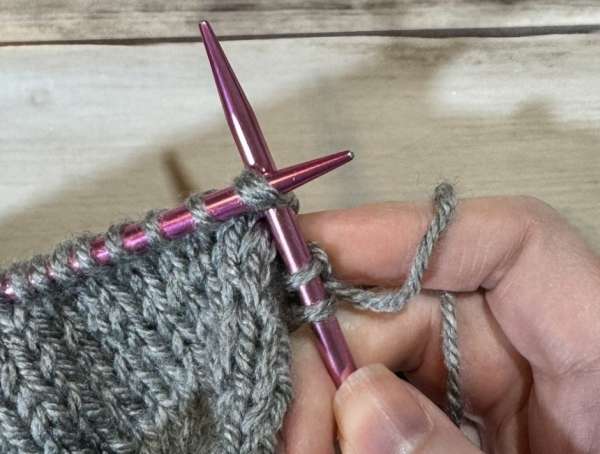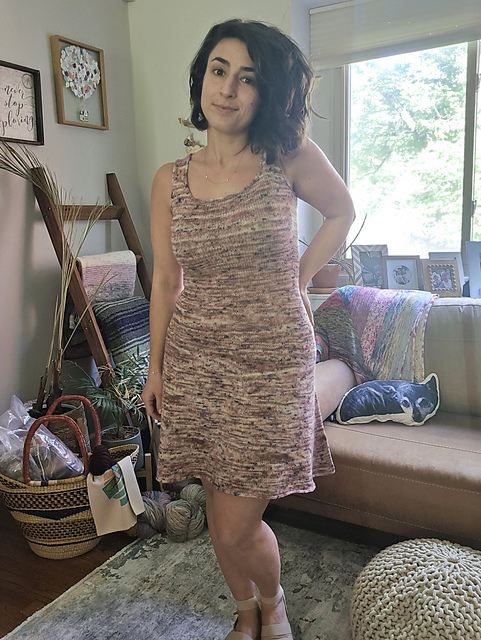 A little while back I shared my post about how to increase knitting stitches, so now it’s time to take them away.
A little while back I shared my post about how to increase knitting stitches, so now it’s time to take them away.
There are a lot of different ways to decrease stitches, just as there are a lot of ways to increase stitches, so my collection isn’t exhaustive, but it does cover the most common knitting decreases you are likely to encounter as you begin your knitting journey.
For example, knit 2 together. This is probably the most common decrease out there, and if you don’t care how it looks you can use it most of the time. It’s often paired with a slip, slip knit or SSK, though, because a knit 2 together leans to the right and the SSK leans to the left.
This pair of decreases looks great when you want to emphasize the decrease line (say, if you’re working a raglan design from the bottom up) or if you want the decreases to point inward on each side, as when you work decreases for a sock toe.
While the SSK is by far the most common left-leaning decrease, you can also try out a slip 1, knit 1, pass the slipped stitch over, which is not quite as prominent in the knit fabric (to my eye, anyway, it doesn’t seem to stick out as much) so it’s a great one to try.
And of course there are double decreases you might use in lace or other situations where you don’t really want a decrease that leans in either direction and you need to take out two stitches at once.
All of these are easy to do (though I will admit to always having to think through which decreases lean which way, just like I have to look up how to make a make 1 left or make 1 right each time) and you can find a quick tutorial for each in my guide to knitting decreases over at Our Daily Craft.
Do you have a favorite decrease? I’d love to hear about it!
 I know knitting a dress sounds like a major time commitment. And that’s before I even tell you that this particular dress, the Sixth Ave Skater Dress by Briana Luppino, is worked in light fingering weight yarn.
I know knitting a dress sounds like a major time commitment. And that’s before I even tell you that this particular dress, the Sixth Ave Skater Dress by Briana Luppino, is worked in light fingering weight yarn.